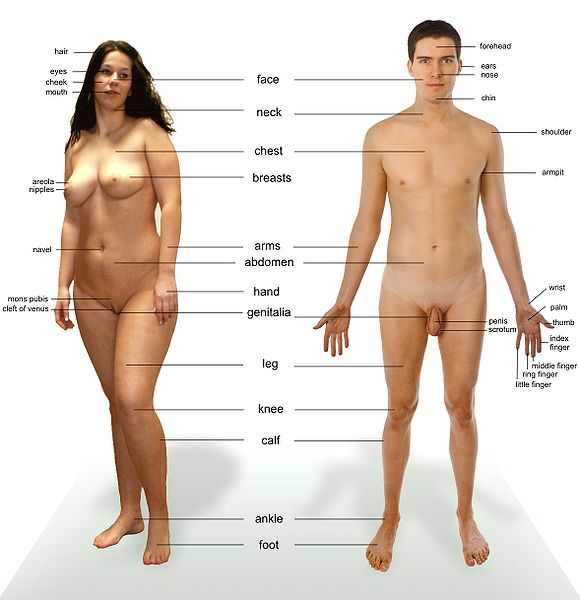Wound
Jump to navigation
Jump to search

Jump to: Main Page • Micropedia • Macropedia • Icons • Sexology • Time Line • History • Life Lessons • Links • Help
Chat rooms • What links here • Copyright info • Contact information • Category:Root
In medicine, a wound is a type of injury in which skin is torn, cut or punctured (an open wound), or where blunt force trauma causes a contusion (a closed wound). In pathology, it specifically refers to a sharp injury which damages the dermis of the skin.
Open wounds
Open wounds can be classified according to the object that caused the wound. The types of open wound are:
- Incisions or incised wounds
- caused by a clean, sharp-edged object such as a knife, a razor or a glass splinter.
- Lacerations
- irregular tear-like wounds caused by some blunt trauma.Lacerations and incisions may appear linear (regular) or stellate (irregular). The term laceration is commonly misused in reference to incisions.
- Abrasions (grazes)
- superficial wounds in which the topmost layer of the skin (the epidermis) is scraped off. Abrasions are often caused by a sliding fall onto a rough surface.
- Puncture wounds
- caused by an object puncturing the skin, such as a nail or needle.
- Penetration wounds
- caused by an object such as a knife entering and coming out from the skin .
- Gunshot wounds
- caused by a bullet or similar projectile driving into or through the body. There may be two wounds, one at the site of entry and one at the site of exit, generally referred to as a "through-and-through."
Closed wounds
Closed wounds have fewer categories, but are just as dangerous as open wounds. The types of closed wounds are:
- Contusions
- more commonly known as bruises, caused by a blunt force trauma that damages tissue under the skin.
- Hematomas
- also called a blood tumor, caused by damage to a blood vessel that in turn causes blood to collect under the skin.
- Crush injury
- caused by a great or extreme amount of force applied over a long period of time.
- Chronic and Acute
- wounds which are the result of injuries that disrupt the tissue. Chronic wounds are those that are caused by a relatively slow process that leads to tissue damage. Chronic wounds include pressure, venous, and diabetic ulcers. Typically, an insufficiency in the circulation or other systemic support of the tissue causes it to fail and disintegrate. Infection then takes hold of the site and becomes a chronic abscess. Once the infection hits a critical point, it can spread locally or become systemic (sepsis).
*
These photos are presented for the purposes of identifying various body parts
| Images of Human Body |
|---|
Chat rooms • What links here • Copyright info • Contact information • Category:Root
